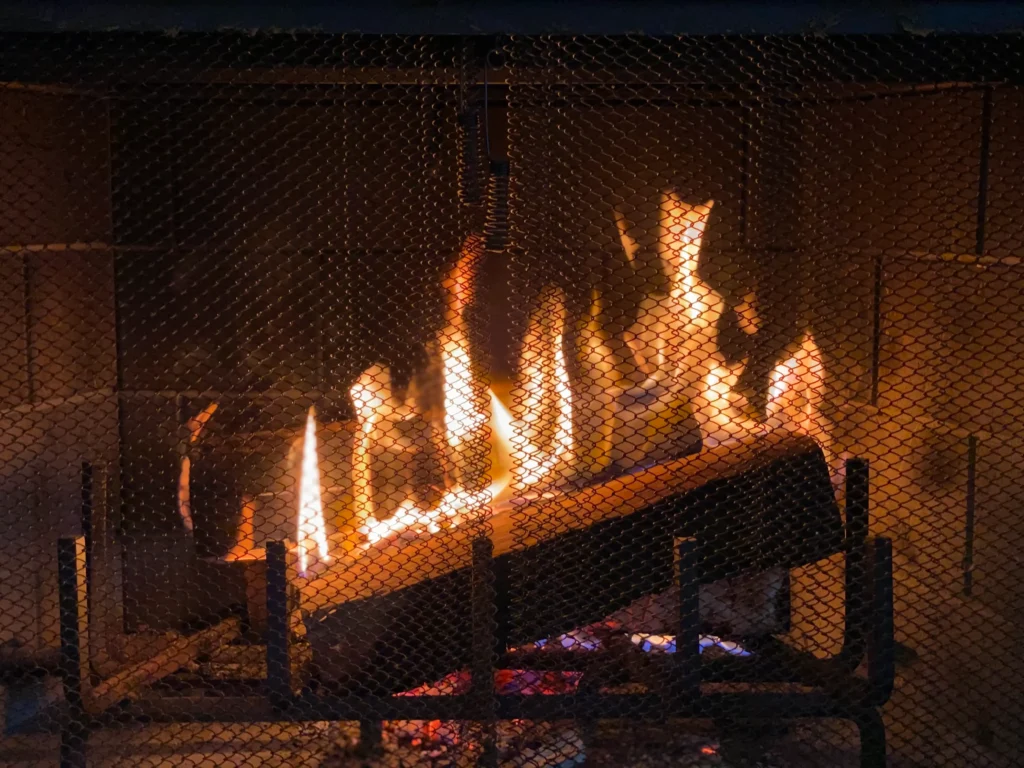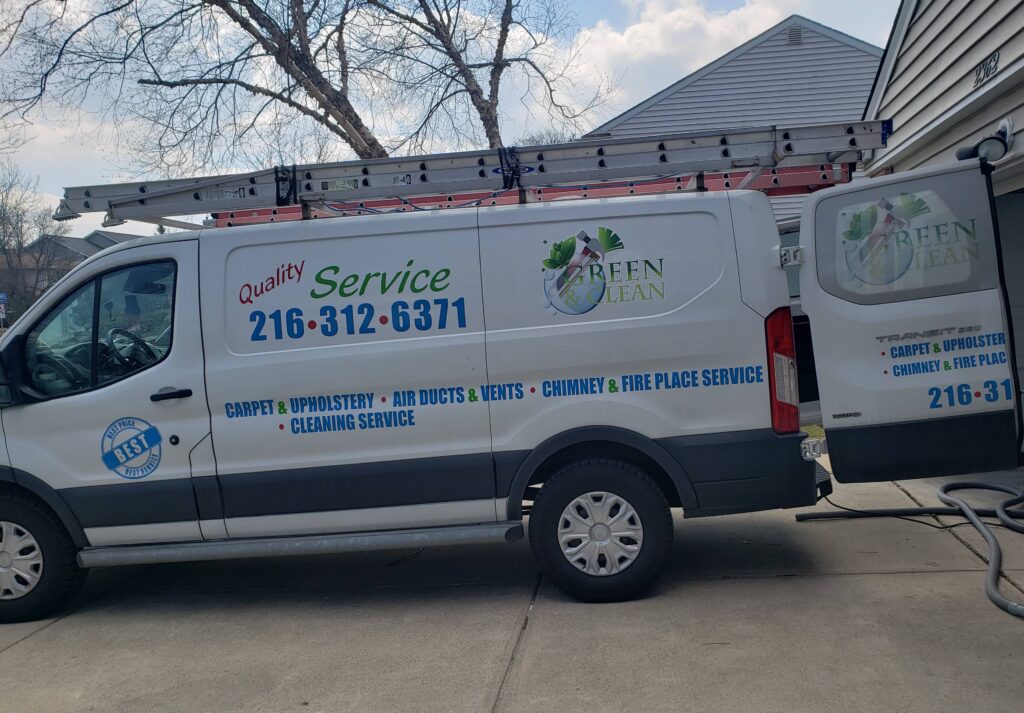Creating a beautiful and functional outdoor fireplace is a popular home improvement project, particularly in areas like Lake, Geauga, and Summit Counties in Northeast Ohio, where homeowners love spending time outdoors during mild evenings. An outdoor fireplace not only adds warmth and ambiance but also significantly boosts property value and entertainment appeal. This guide explores how to build outdoor fireplace structures safely, efficiently, and attractively while incorporating best practices and helpful resources.

Understanding the Appeal of Outdoor Fireplaces
Outdoor fireplaces provide more than just a cozy fire—they offer a focal point for outdoor living areas. In neighborhoods across Cuyahoga County, the addition of an outdoor fireplace often reflects a homeowner’s commitment to style and functionality. The concept dates back to ancient civilizations where stone fire pits and ovens served both practical and communal purposes. Today, the trend has evolved into stunning stone or brick structures integrated into patios, decks, or gardens.
Planning and Design Considerations
Before gathering materials or breaking ground, detailed planning is essential. Start by deciding the location of the fireplace. Choose a spot that’s shielded from strong wind, safely distanced from buildings, trees, and fences, and easily accessible to your entertaining space. According to This Old House, a good site blends convenience with fire safety.
Next, choose a fireplace style—whether a rustic stone structure, modern concrete design, or a classic brick look. Your choice should reflect the architecture of your home and the tone of your outdoor setting. Sketch out dimensions and consider whether you want additional features like built-in seating or a pizza oven.

Local Regulations and Safety Codes
Homeowners in Portage and Medina Counties should familiarize themselves with local zoning laws and building codes. Many municipalities require permits for building outdoor fireplaces. Check with local fire departments for regulations on clearances, fireproof materials, and chimney height requirements. The NFPA provides national guidelines, but local ordinances take precedence.
Also consider prevailing wind patterns. If strong gusts are common in your area, positioning the fireplace to minimize smoke disruption is critical. Some municipalities may also mandate spark arrestors or screens to reduce fire hazards.
Choosing the Right Materials
Durability is key. Masonry materials such as firebrick, refractory mortar, concrete block, and natural stone are ideal for withstanding high temperatures and harsh weather. In Northeast Ohio’s freeze-thaw climate, using weather-resistant and non-combustible materials ensures your fireplace will last for years.
A basic structure consists of a firebox (lined with firebrick), a smoke chamber, and a chimney or flue to direct smoke. Poured concrete or paver bases offer stability, and using insulating materials around the firebox can enhance heat efficiency.
Incorporate a sturdy hearth, as it’s both a safety feature and a design element. For inspiration, Better Homes & Gardens offers useful insights into combining utility with style.

Step-by-Step Construction Overview
Begin with the foundation—dig a trench and pour a reinforced concrete slab as the fireplace base. Once cured, start building the firebox using firebrick and refractory mortar, ensuring precise alignment. Then, create the outer walls with cinder blocks or stone veneers. The chimney should extend high enough to draw smoke upward and away from the seating area.
Install a flue liner or chimney pipe to support proper draft and improve safety. Finish the structure with a cap or chimney crown to prevent moisture ingress. Allow sufficient curing time for mortars and adhesives before lighting a fire.
Enhancing Aesthetics and Functionality
An outdoor fireplace should seamlessly blend with its surroundings. Consider adding a pergola overhead, integrating lighting, or framing the structure with potted plants. Built-in seating with cushions offers comfort and elegance. Many homeowners in Summit County add countertops or storage nooks for firewood and tools.
For seasonal charm, style the mantel or surround with holiday décor or natural elements. Using reclaimed wood or rustic stone creates a timeless look that stands out.

Maintenance and Safety Tips
Outdoor fireplaces, like their indoor counterparts, require regular care. Sweep out ash and debris frequently. Inspect for cracks or mortar deterioration annually, particularly after winter. Clean the flue at least once a year to prevent creosote buildup.
Be sure to keep flammable materials well away from the fireplace. Store firewood in dry, covered locations. It’s wise to keep a fire extinguisher nearby or a garden hose connected during use. For further safety guidance, visit the U.S. Fire Administration.
Environmentally Friendly Practices
Burning clean hardwoods such as oak or hickory minimizes smoke and harmful emissions. Avoid burning treated wood or painted lumber, which can release toxic chemicals. Consider EPA-certified outdoor fireplace inserts for higher efficiency and cleaner combustion.
In Lake and Geauga Counties, many homeowners choose to plant native shrubs and grasses around fireplaces to act as natural windbreaks while preserving the region’s ecosystem.

The Role of Professional Help
While building an outdoor fireplace can be a rewarding DIY project, it’s not always straightforward. Hiring professionals—especially for masonry, gas line installation, or electrical lighting—ensures safety and code compliance. Trusted service providers like Green and Clean Home Services can also inspect existing structures and offer guidance.
For more advanced builds, a landscape architect can help with integrating your fireplace into a broader patio or outdoor kitchen design.
Conclusion
Learning how to build outdoor fireplace structures is both an art and a science. From design inspiration and material selection to zoning compliance and safety practices, each step contributes to a beautiful and lasting result. In Northeast Ohio—from Cuyahoga to Medina County—where outdoor spaces are treasured extensions of the home, a well-built fireplace becomes the heart of backyard gatherings.
As with any significant project, patience, planning, and precision are key. Whether you take the DIY route or consult professionals, building an outdoor fireplace is a worthwhile endeavor that enhances comfort, entertainment, and property value for years to come.


